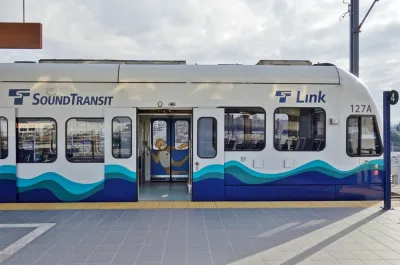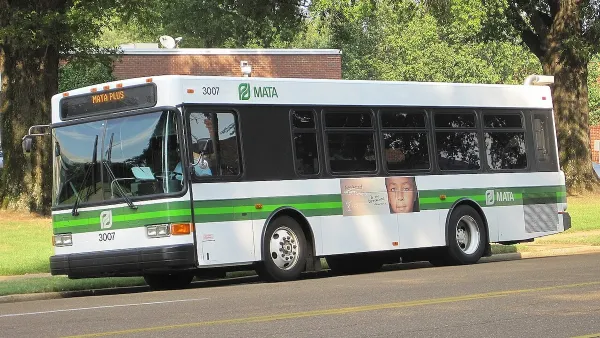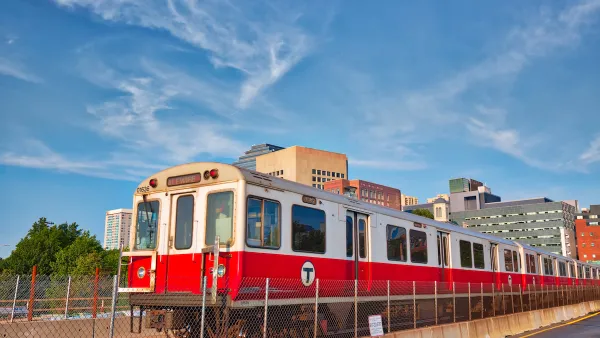Traditional strategies seek to attract major employers but often neglect the transportation networks that make commuting possible and convenient for more workers.

Despite evidence that "any employer, big or small, stands to benefit from an improved transportation network that shortens commutes," transportation and access have remained low priorities in economic development strategies, writes David Zipper in Bloomberg CityLab. Rather than focusing on creating effective transit networks that benefit all users, "business attraction remains a linchpin of local economic development, a field whose emphasis on tax breaks, real estate development and job training can seem frozen in time."
But "[b]y encouraging businesses to concentrate in convenient locations — and by demanding that infrastructure investments reduce commute times — economic developers can position their regions for productivity gains that will lift employers and workers alike." The period of readjustment after the pandemic, argues Zipper, "is an ideal time to shake things up. The pandemic-triggered rise of teleworking is making companies reassess location decisions, which will force economic developers to update their toolkits. That creates a golden opportunity to modernize their field by finally embracing the crucial role that transportation plays in fostering economic growth."
"Evaluated through this lens, projects like a new bus rapid transit line or an office complex placed atop a rail station will be economic development catalysts if they can reduce the region’s commute burdens. Conversely, a business park or residential community situated on the urban periphery, far from transit and major highways, will lengthen average commutes and take a toll on employers’ competitiveness." Yet, because of the long-term nature of transit projects and the short-term nature of political terms, these "[m]isaligned incentives present an obstacle to elevating the role of transportation in local economic development." For now, "we continue to see high-profile and expensive corporate recruitment campaigns" that ignore the high cost of worker commutes.
FULL STORY: It's Time for Economic Developers to Focus on Transportation

National Parks Layoffs Will Cause Communities to Lose Billions
Thousands of essential park workers were laid off this week, just before the busy spring break season.

Retro-silient?: America’s First “Eco-burb,” The Woodlands Turns 50
A master-planned community north of Houston offers lessons on green infrastructure and resilient design, but falls short of its founder’s lofty affordability and walkability goals.

Delivering for America Plan Will Downgrade Mail Service in at Least 49.5 Percent of Zip Codes
Republican and Democrat lawmakers criticize the plan for its disproportionate negative impact on rural communities.

Test News Post 1
This is a summary

Test News Headline 46
Test for the image on the front page.

Balancing Bombs and Butterflies: How the National Guard Protects a Rare Species
The National Guard at Fort Indiantown Gap uses GIS technology and land management strategies to balance military training with conservation efforts, ensuring the survival of the rare eastern regal fritillary butterfly.
Urban Design for Planners 1: Software Tools
This six-course series explores essential urban design concepts using open source software and equips planners with the tools they need to participate fully in the urban design process.
Planning for Universal Design
Learn the tools for implementing Universal Design in planning regulations.
EMC Planning Group, Inc.
Planetizen
Planetizen
Mpact (formerly Rail~Volution)
Great Falls Development Authority, Inc.
HUDs Office of Policy Development and Research
NYU Wagner Graduate School of Public Service





























